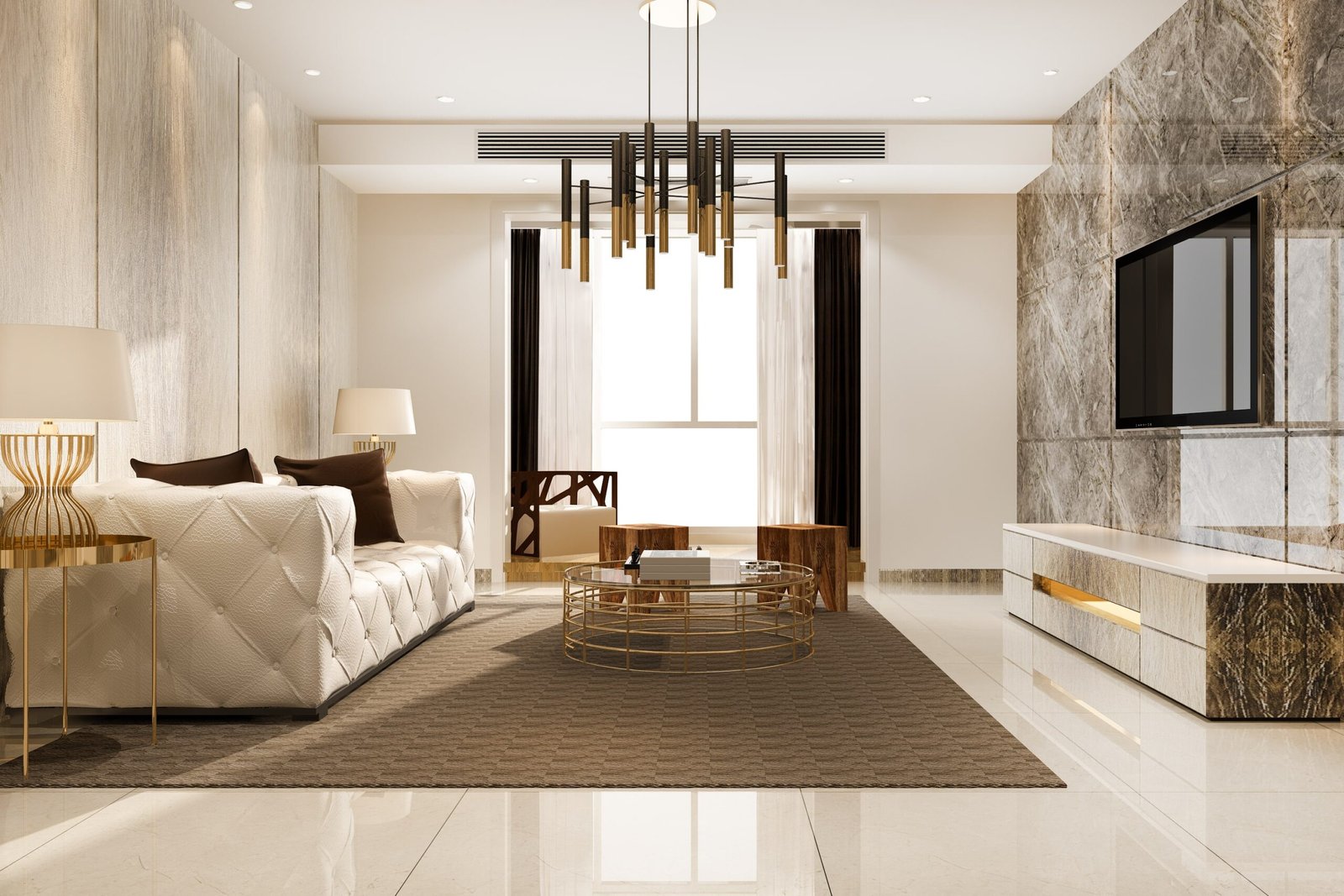Designing a home that flows seamlessly from room to room is an art that combines creativity, planning, and a deep understanding of one’s custom design style. A cohesive design theme ensures that each space feels connected, fostering harmony and visual continuity throughout the entire home. Here’s a guide on how to achieve a unified design that’s both stylish and reflective of your unique personality.
1. Identify Your Core Style
Before choosing furniture or picking out paint colors, it’s essential to establish a core style that resonates with you. Whether your preference leans toward modern minimalism, bohemian eclectic, timeless traditional, or mid-century chic, defining this overarching style will act as the foundation for every design decision you make.
Tips for Finding Your Style
- Browse via online platforms like Instagram, Pinterest & TikTok.
- Create a vision board with clippings or images that appeal to you.
- Visit showrooms or virtual tours of model homes to see various styles in action.
2. Select a Unified Color Scheme
A cohesive home design often hinges on a consistent color scheme. Opt for a color palette that can be threaded throughout your entire home, with accent colors tailored to each room to add depth and interest.

How to Build a Color Palette
- Select a neutral base color that forms the backdrop for your home.
- Choose one or two complementary accent colors that can be incorporated in various ways (e.g., through textiles, wall art, or furniture).
- Add splashes of bolder color in certain areas to create focal points without overwhelming the senses.
3. Repeat Design Elements
One of the easiest ways to create cohesion is by repeating certain design elements throughout your home. This could include the type of flooring, wall trims, or even specific patterns in upholstery and decor.
Examples of Repeated Elements
- Using the same type of wood finish for all cabinetry and furniture.
- Incorporating a specific pattern or shape, like geometric prints or circular mirrors, throughout different spaces.
- Utilizing the same metallic accents—such as brass or matte black—for fixtures and fittings.
4. Maintain a Balance of Variety and Unity
While uniformity is key to a cohesive design, a touch of variety prevents your space from becoming monotonous. Carefully curated contrasts in texture and material can add dimension while maintaining harmony. For example, a modern living room with sleek furniture could be softened by adding a shaggy rug or woven wall art.
Suggestions for Blending Variety
- Mix soft furnishings like velvet cushions with natural linen curtains.
- Combine glossy tiles in the kitchen with matte finishes in the bathroom.
- Use light and dark shades of your chosen palette to keep the eye moving through the space.
5. Flow of Functionality
A cohesive design isn’t just about aesthetics; it’s also about how each room works in harmony with the others. Consider the functionality of adjacent spaces when designing your home. For example, an open-plan kitchen should flow seamlessly into the dining area in both style and practical layout.
Functional Flow Tips
- Ensure that the flooring transitions smoothly from one room to another.
- Use furniture placement to guide movement and maintain visual alignment between rooms.
- Incorporate open shelving or see-through partitions to subtly connect spaces without losing their individual identities.

6. Focus on Lighting
Lighting is an often-underestimated element in home design that can dramatically influence the cohesion of your spaces. Use a mix of ambient, task, and accent lighting that aligns with your overall theme.
Lighting Ideas
- Match light fixtures in adjacent rooms by sticking to a similar material or design.
- Layer different types of lighting to create warmth and dimension.
- Consider statement pieces, such as chandeliers, hanging lights, or pendant lights, that tie into the home’s central theme.
7. Add Personal Touches
A truly cohesive home feels like an extension of its residents. Integrate personal items such as art collections, family heirlooms, or travel memorabilia that align with your chosen theme. These pieces tell a story, adding character and warmth that mass-produced decor cannot replicate.
How to Add Personalization
- Frame photos or prints with consistent frames that complement your color scheme.
- Display collectibles on similar-styled shelves or surfaces throughout the home.
- Incorporate handmade or artisanal items that resonate with your personal journey.
Final Thoughts
Creating a cohesive design theme throughout your home is about finding the perfect balance between unity and individuality. By establishing a consistent style, color palette, and design elements while maintaining the functionality and character of each room, you can create a space that feels connected and comfortable. Your home should be a reflection of who you are, tying together every corner with thoughtful design and intentional details.
Ready to turn your home into a masterpiece of cohesion and style? Let Refine Home guide you on your journey. From material provision to full design and construction, we’re here to bring your vision to life. Call us at +971 58 209 5415 today!


